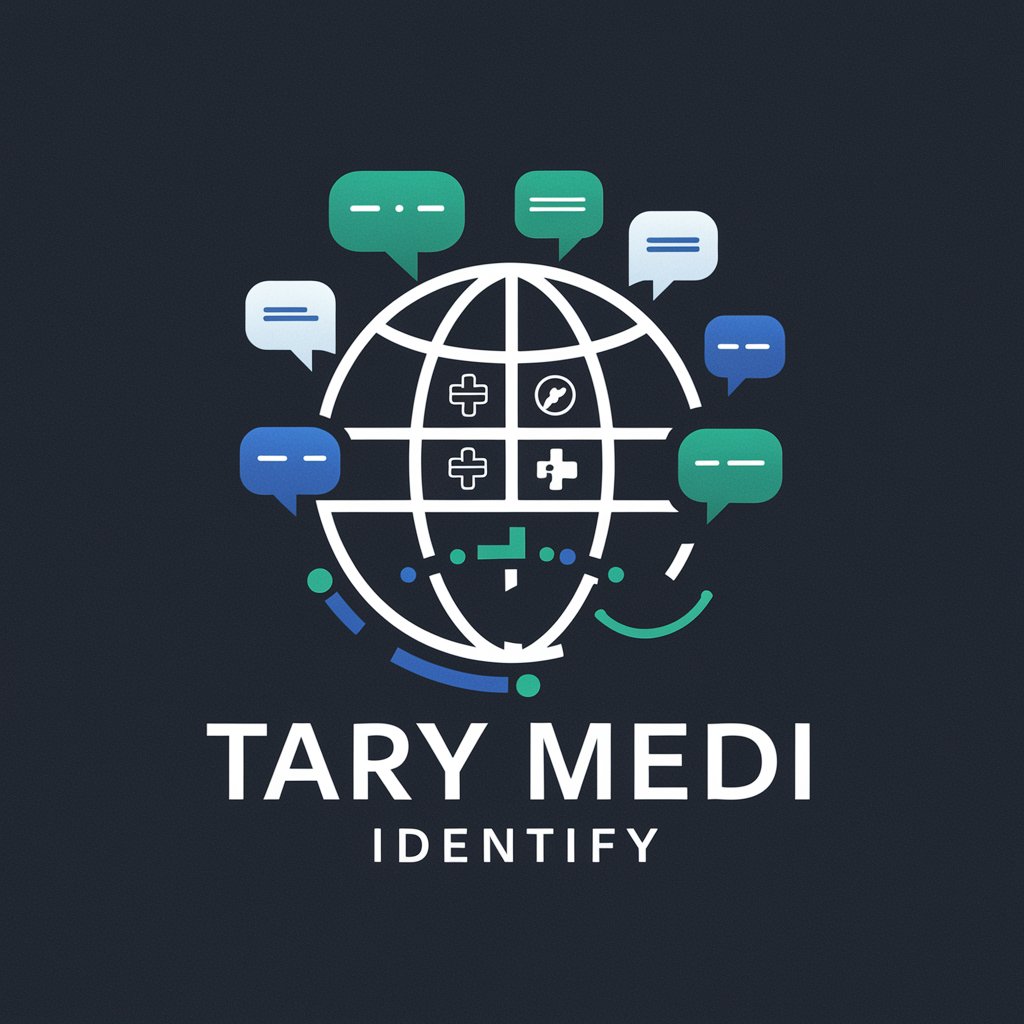
How to Identify and Dispose Batteries Responsibly - Battery Disposal Guide

Hello! I'm here to help you identify and responsibly dispose of your batteries.
AI-driven battery identification and disposal advice
Identify the type of battery in the image and explain its proper disposal method.
Explain the environmental hazards of improper disposal for the battery type shown.
Describe the steps for recycling a lithium-ion battery.
How can I responsibly dispose of nickel-cadmium batteries in my local area?
Get Embed Code
Overview of How to Identify and Dispose Batteries Responsibly
How to Identify and Dispose Batteries Responsibly is a specialized tool designed to assist users in identifying various types of batteries and providing guidance on their environmentally responsible disposal. It utilizes image analysis to determine battery types such as alkaline, lithium-ion, nickel-cadmium, and more. Once a battery type is identified, the tool offers detailed information on the potential environmental and health hazards associated with improper disposal of that specific type. Furthermore, it guides users on appropriate disposal methods, which can vary based on the user's location. For instance, when a user uploads a photo of a used laptop battery, the tool identifies it as a lithium-ion battery and advises on nearby recycling centers or special disposal programs, highlighting the risks of landfill disposal such as soil contamination and fire hazards. Powered by ChatGPT-4o。

Key Functions of How to Identify and Dispose Batteries Responsibly
Battery Type Identification
Example
Identifying a nickel-cadmium battery in a handheld device
Scenario
A user uploads an image of an old camera's battery. The tool analyzes the image and identifies the battery as a nickel-cadmium type, informing the user about its rechargeable nature and toxic components like cadmium.
Providing Disposal Recommendations
Example
Advising on the disposal of alkaline batteries
Scenario
Upon recognizing standard AA alkaline batteries, the tool suggests local waste facilities that accept them, emphasizing the importance of not disposing of them in regular trash due to potential leakage of harmful chemicals.
Environmental and Health Hazard Information
Example
Highlighting risks associated with lithium-ion battery disposal
Scenario
When a smartphone battery is identified, the tool explains the risks of explosion and toxicity if punctured or improperly discarded, urging special disposal methods like contacting a certified e-waste recycler.
Target User Groups for How to Identify and Dispose Batteries Responsibly
Environmentally Conscious Individuals
People who are aware of and concerned about environmental issues, particularly those related to waste management and pollution. They benefit from this tool by ensuring their battery disposal habits are sustainable and responsible.
Educational Institutions
Schools and universities can use this tool as an educational resource to teach students about responsible waste disposal, environmental stewardship, and the impact of different battery types on the environment.
Electronic Retailers and Repair Shops
Businesses dealing with electronic products often encounter various types of batteries. This tool helps them identify and dispose of batteries safely, and also to advise their customers on proper disposal methods.

How to Use 'How to Identify and Dispose Batteries Responsibly'
1
Begin your journey by accessing yeschat.ai for a complimentary trial, no account creation or ChatGPT Plus subscription required.
2
Upload a clear image of the battery or device containing a battery you need assistance with. Ensure good lighting and visibility of any labels or markings.
3
Provide your location or the intended disposal location if comfortable doing so. This helps in offering precise disposal recommendations according to local regulations.
4
Review the battery identification and disposal advice provided. This includes the type of battery, environmental hazards, and the nearest disposal facilities.
5
For optimal results, ask specific questions about battery types or disposal methods if you have multiple batteries or need further clarification on disposal practices.
Try other advanced and practical GPTs
Identify Bird From Image
Identify birds instantly with AI

Tary Medi Identify
Breaking Health Language Barriers with AI

Identity Pilot
Discover Yourself with AI-Powered Insights

Identity Innovator
Empower Your Identity with AI

Sprout Scout | Identify and Save Your Plants!
Nurture with AI, grow with confidence.

Identify Car GPT
Revolutionizing car identification with AI

Identity
Secure Your Digital Presence with AI

Brand Identity
Sculpt Your Brand's Soul with AI

Identify Your Hidden Talents
Unveil your hidden talents with AI

Wise Grandmother
Your wise and nurturing virtual grandmother.

Grace the Grandmother
Your AI-Powered Grandmotherly Companion

Famous Bakery GPT
Perfect Your Baking with AI

Frequently Asked Questions about 'How to Identify and Dispose Batteries Responsibly'
What types of batteries can 'How to Identify and Dispose Batteries Responsibly' identify?
This tool can identify a wide range of battery types, including but not limited to alkaline, lithium-ion, nickel-cadmium, and nickel-metal hydride. We use visual recognition and AI to provide accurate identification based on the image provided.
How accurate is the battery identification feature?
Our battery identification accuracy is highly reliable, leveraging advanced AI technology. However, clarity and detail in the uploaded images can significantly affect accuracy. We recommend providing clear, well-lit images for best results.
Can this tool advise on the disposal of batteries from specific devices, like smartphones or laptops?
Yes, 'How to Identify and Dispose Batteries Responsibly' can advise on the disposal of batteries from a variety of devices, including smartphones, laptops, and more, based on the image and any additional information provided.
Is there a cost associated with using this tool?
There is no cost for the initial trial through yeschat.ai, allowing free access without the need for account creation or a ChatGPT Plus subscription. This may vary based on future updates or service changes.
What if my location doesn't have specific battery recycling facilities?
If your area lacks specific battery recycling facilities, the tool will provide general guidance on safe disposal practices and suggest alternatives, such as mail-in recycling programs or special collection events, based on available information.






